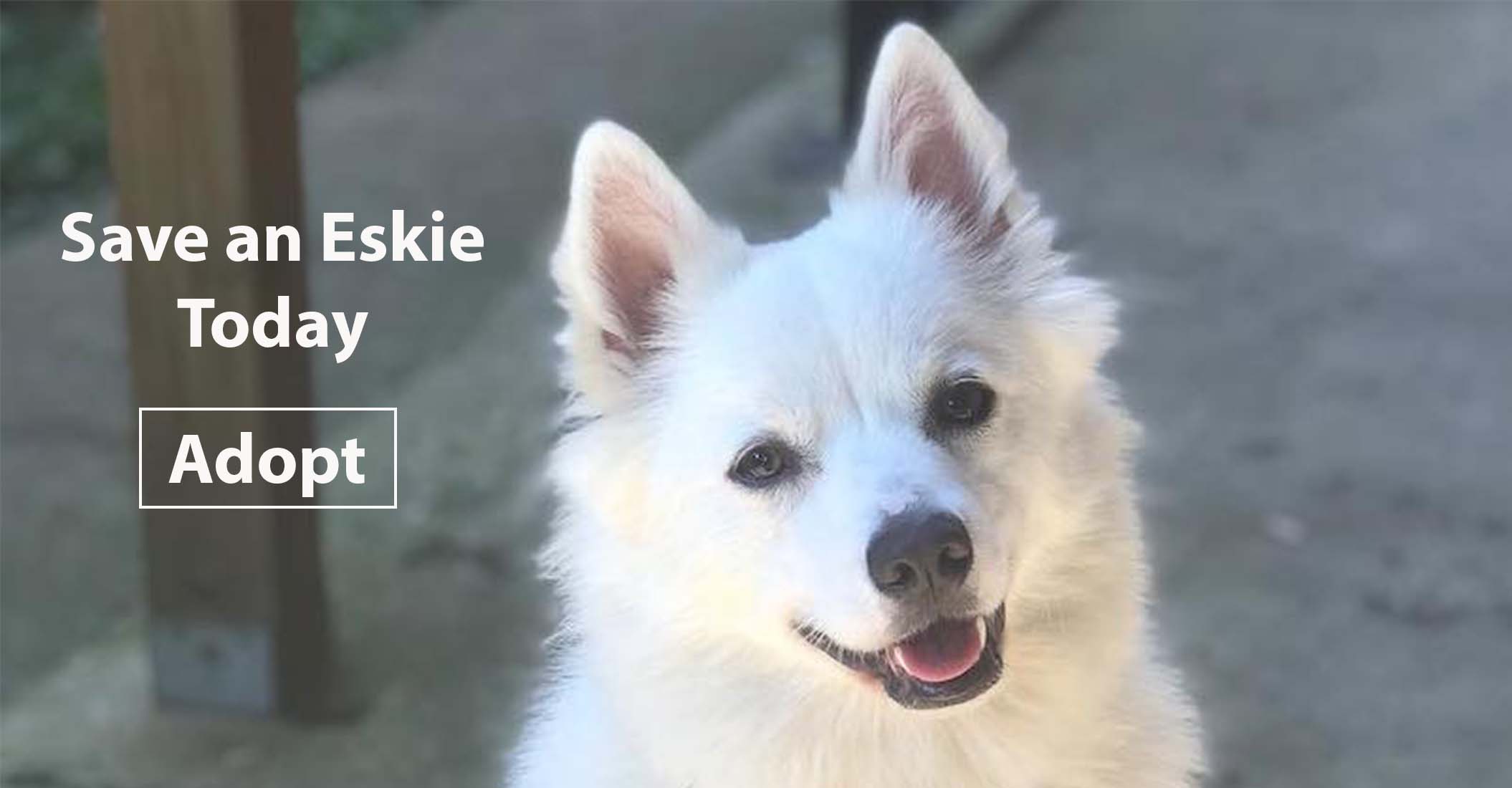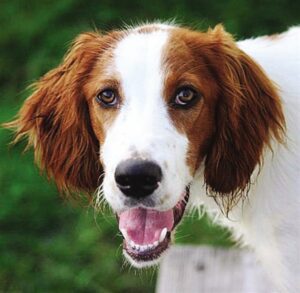Key Takeaways
-
Breed-specific rescue groups offer a chance to adopt American Eskimo Dogs with knowledgeable support.
-
Understanding the three sizes of American Eskimo Dogs—Toy, Miniature, and Standard—is crucial before adoption.
-
The cost of adopting an American Eskimo Dog can vary, but expect initial and ongoing expenses.
-
American Eskimo Dogs descend from the Spitz family and share traits with other Spitz breeds.
-
Similar breeds include the German Spitz and Samoyed, which also boast a fluffy coat and a friendly demeanor.
Adopting an American Eskimo Dog Through a Breed Rescue Group
When you’re ready to bring a fluffy bundle of joy into your home, consider adopting an American Eskimo Dog through a breed rescue group. Not only are you giving a dog a second chance at happiness, but breed rescue groups also provide a wealth of knowledge on the specific needs and characteristics of the American Eskimo Dog. These groups often have a network of foster homes where dogs are cared for and assessed, ensuring a good fit for your family and lifestyle. Also worth noting that most of the volunteers are familiar with the breed.

“Eskie Rescuers United” from www.eskierescuers.org and used with no modifications.
The Value of Breed-Specific Rescue Groups
Why opt for a breed-specific rescue group? It’s simple: they specialize. The volunteers and foster parents understand the Eskie’s personality, grooming needs, and health concerns. They are passionate about the breed and can guide you on how to provide the best care for your new furry friend. Moreover, they offer post-adoption support to help with any questions or challenges you might encounter.
Steps to Adopt an Eskie Through a Rescue Organization
To start your journey toward Eskie ownership, follow these steps:
-
Research: Find reputable American Eskimo Dog rescue groups and familiarize yourself with their adoption process.
-
Application: Fill out an adoption application thoroughly, providing details about your living situation, family, and experience with dogs.
-
Meet and Greet: Arrange to meet available dogs. Spend time with them to ensure a good match for both you and the dog.
-
Home Visit: Many groups conduct a home visit to ensure your living environment is safe and suitable for an Eskie.
-
Adoption: If it’s a match, you’ll finalize the adoption with paperwork and an adoption fee, which typically covers veterinary care.
Remember, the goal is to find the best home for the dog and the best dog for your home. Patience is key, as the perfect match can take time.
The Three Varieties of American Eskimo Dogs
Before you adopt, it’s essential to know that American Eskimo Dogs come in three sizes: Toy, Miniature, and Standard. Each has its unique charm and fits different lifestyles.
Toy American Eskimo: The Compact Companion
The Toy American Eskimo is the smallest of the trio, standing just 9 to 12 inches at the shoulder and weighing about 6 to 10 pounds. This pint-sized pup is perfect for apartment living or for those with limited space. Don’t let their size fool you; they’re full of energy and love to play.
Miniature American Eskimo: The Mid-sized Marvel
The Miniature variety stands between 12 to 15 inches tall and weighs in at 10 to 20 pounds. They strike a balance between the Toy and the Standard, making them a great choice for families who want a dog that’s small but not too tiny, with plenty of personality to boot.
Standard American Eskimo: The Full-sized Fluff
The Standard American Eskimo Dog is the largest, standing at 15 to 19 inches tall and typically weighing between 25 to 35 pounds. They’re robust, agile, and make excellent companions for active individuals or families who enjoy outdoor activities. Their larger size also makes them a bit more robust for households with children.
The Financial Side of Eskie Ownership
Initial Adoption or Purchase Cost
Adopting an American Eskimo Dog from a rescue can cost between $200 to $350. This fee often includes vaccinations, spaying or neutering, and micro-chipping. If you’re buying from a breeder, prices can soar into the thousands, depending on pedigree and other factors. Remember, while the upfront cost may seem steep, it’s a small price to pay for the years of companionship your Eskie will provide.
Always consider adoption first. Not only are you providing a loving home to a dog in need, but the cost is often significantly lower than purchasing a puppy from a breeder.
Ongoing Care Expenses
Caring for an American Eskimo Dog doesn’t stop at the adoption fee. You’ll need to budget for:
-
High-quality dog food and treats
-
Regular veterinary check-ups and vaccinations
-
Grooming supplies or professional grooming services
-
Training classes, especially if you’re a first-time dog owner
-
Toys and bedding to keep your Eskie comfortable and entertained
Ongoing expenses can average $50 to $100 a month, but this can vary depending on your dog’s health and needs.
The Ancestry of the American Eskimo Dog
The American Eskimo Dog, with its striking white coat and keen expression, is a member of the Spitz family, which includes breeds like the Samoyed and the Alaskan Malamute. Despite its name, the American Eskimo Dog is not from Alaska, nor does it have any connection with Eskimo culture. Its lineage is European, with German Spitz ancestors brought to the United States by immigrants.
-
Known for their intelligence and agility
-
Originally bred to work on farms and participate in circus performances
-
Recognized by the American Kennel Club in 1995
The breed’s history is a tapestry woven with both utility and showmanship. In the early 20th century, American Eskimo Dogs were commonly seen performing tricks in traveling circuses across the U.S., captivating audiences and helping to popularize the breed.
Euro-American Lineage: The Spitz Family Connection
As descendants of the German Spitz, American Eskimo Dogs share the characteristic fluffy coat, pointed ears, and curled tail. Their ancestors were hardworking farm dogs in Germany, valued for their vigilance and spunk. When they arrived in America, their name was changed during World War I due to anti-German sentiment.
Understanding the Breed Standards and Characteristics
The American Kennel Club (AKC) recognizes three size varieties of the American Eskimo Dog, each with specific standards:
-
Toy: 9 to 12 inches in height
-
Miniature: 12 to 15 inches in height
-
Standard: 15 to 19 inches in height
Regardless of size, an Eskie should exhibit a compact, balanced body with a deep chest, strong legs, and a lion-like mane around the shoulders and chest.
Besides their physical traits, Eskies are known for their bright, alert nature and their bond with family. They’re eager to please and can excel in obedience training, but they also have an independent streak that requires a patient and consistent training approach.
Their double coat is both a blessing and a responsibility. It’s stunning, but it requires regular brushing to prevent matting and reduce shedding. A well-groomed Eskie is a sight to behold, but it takes commitment to keep that coat in tip-top shape.
Canine Cousins: Dogs Similar to the American Eskimo
If you’re drawn to the American Eskimo Dog, you might also find yourself enamored with other Spitz breeds. These dogs share a common ancestry, and many have the fluffy coats, wedge-shaped heads, and spirited personalities that Eskie lovers adore.
For example, the Samoyed, with its trademark “Sammy smile,” is larger than the American Eskimo Dog but shares its friendly and gentle nature. Similarly, the Japanese Spitz, though not as common in the United States, has a comparable look and disposition.
Comparing these breeds can help you understand the unique qualities of the American Eskimo Dog and whether its characteristics are the best fit for your lifestyle.
Furry Familial Bonds: Comparing Eskies to Other Spitz Breeds
While all Spitz breeds have certain physical and temperamental traits in common, each has its distinct qualities. For instance, the Alaskan Malamute is a powerhouse capable of heavy pulling, and the Shiba Inu has a fox-like cunning and a strong independent streak. The American Eskimo Dog, with its moderate size and adaptable nature, often fits well into various living situations, from apartments to larger homes with yards.
Identifying Traits in Look-Alike Breeds
When looking at breeds similar to the American Eskimo Dog, it’s important to note specific traits that might affect your decision:
-
Size: Do you prefer a small, medium, or large dog?
-
Activity Level: Are you looking for a high-energy companion or a more laid-back buddy?
-
Grooming Needs: Can you commit to the grooming required for a breed with a dense, double coat?
By considering these factors, you can choose a breed that fits seamlessly into your life and provides years of joy and companionship.
Adopting an American Eskimo dog through a breed rescue group can be a rewarding experience. There are three types of Eskimo dogs, each with unique characteristics. The cost of an American Eskimo Dog can vary, but you can expect certain expenses when bringing this breed into your home. To understand what breeds make up an American Eskimo or to find similar breeds, it’s helpful to do some research.
Frequently Asked Questions
Why should I consider a breed rescue group for adopting an American Eskimo Dog?
Choosing a breed rescue group for adopting an American Eskimo Dog comes with many benefits. These organizations are dedicated to rescuing and rehoming specific breeds, meaning they have a deep understanding of the breed’s characteristics, needs, and potential health issues. They can provide invaluable advice and support throughout the adoption process and beyond. Additionally, adopting from a breed rescue helps alleviate the burden on shelters and gives a deserving dog a loving home.
What is the lifespan of the different types of American Eskimo Dogs?
The lifespan of an American Eskimo Dog can vary depending on its size, with smaller dogs generally living longer than larger ones. On average, Toy American Eskimo Dogs live 12-15 years, Miniature American Eskimo Dogs have a lifespan of 13-16 years, and Standard American Eskimo Dogs typically live 12-14 years. Proper care, nutrition, and regular veterinary check-ups can contribute to a longer, healthier life for your Eskie.
Are there specific heath issues associated with American Eskimo Dogs?
While American Eskimo Dogs are generally healthy, they can be prone to certain health issues, such as hip dysplasia, progressive retinal atrophy, and Legg-Calve-Perthes disease. It’s essential to maintain regular veterinary visits to monitor their health. Choosing a reputable breeder or rescue group that screens for genetic conditions can also help ensure you’re bringing a healthy dog into your family.
Can American Eskimo Dogs adapt to warmer climates?
Yes, American Eskimo Dogs can adapt to warmer climates, but it’s important to take precautions due to their thick coats. Ensure they have access to shade, fresh water, and air conditioning during hot weather. Avoid strenuous exercise during the hottest parts of the day and consider a shorter trim to help them stay cool. However, never shave their coat, as it protects them from both heat and sunburn. For those considering adoption, it’s worth noting that finding a breed-specific dog rescue can provide additional support and advice on caring for their specific needs in different climates.
What are the best ways to groom an American Eskimo Dog?
Grooming an American Eskimo Dog involves regular brushing to prevent matting and reduce shedding. At least twice a week is recommended, with more frequent grooming during their shedding seasons. Bathing should be done every few months or as needed, using a dog-specific shampoo to protect their skin and coat. Don’t forget to trim their nails regularly and check their ears for signs of infection. Professional grooming can be a great option if you’re not comfortable doing it yourself.
Resources
Here are some breed specific rescue groups focusing on American Eskimo Dogs recognized by the AKC. We have no association with any of them but support rescuing. You can find just about any breed through rescue.
American Eskimo Dog Club of America https://aedca.org/aedca_rescue.php


